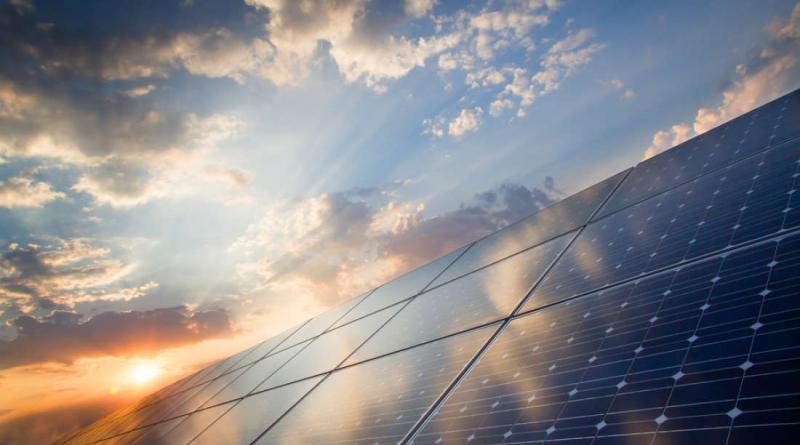Massive Artificial Islands Could Extract CO2 From Seawater To Produce Renewable Energy, Study Says

A group of European scientists wants to mitigate the effects of climate change and advance renewable energy sources by building millions of artificial islands throughout the world’s oceans capable of converting atmospheric carbon dioxide into fuel.
Publishing their work in PNAS, the researchers highlight the challenges in meeting such an “ambitious proposal” but argue that the technology to build the infrastructure already exists. However, a fully implementable and realistic plan simply hasn’t yet been proposed.
“Humankind must cease CO2 emissions from fossil fuel burning if dangerous climate change is to be avoided,” wrote the authors, adding that liquid carbon-based energy carriers such as these often lack practical alternatives for application.
These “solar methanol islands” would be outfitted with solar and wind energy infrastructure capable of powering the production of hydrogen and the extraction of carbon dioxide (CO2) from seawater in order to create liquid methanol fuel. In return, the islands would possibly store the power in methanol fuel cells located in places that ships would pick it up and transport it for use in powering existing gas turbines and modified diesel engines, among others. Altogether, the process would allow for energy use without net CO2 emissions, potentially curbing the effects of climate change.
"Among the many questions that need to be addressed in more detail for a practical design of solar-powered artificial marine islands to recycle CO2 into synthetic liquid fuel are the following. How can PV modules be adapted for large-scale deployment in a marine environment, and how can they be efficiently cleaned and maintained? Can desalination and electrolysis technology be combined to efficiently produce H2 from seawater?" wrote the researchers, listing many more questions.
Study author Andreas Borgschulte told Newsweek that a hurdle to making renewable energy mainstream is finding a way to make it competitive with fossil fuels. It’s not the first time that energy-producing islands have been proposed, but his work finds a way to include energy storage.
Around 70 floating islands mimicking large-scale floating fish farms would make up a single facility, each measuring around 1 square kilometer (0.4 square miles). Ideal conditions would be in areas close to shore with an average wave height of fewer than 7 meters (23 feet), areas not prone to hurricanes, and relatively shallow waters no more than 600 meters (nearly 2,000 feet) so that each facility could be properly anchored. The authors note that particularly suitable regions include the coasts of South America, Southeast Asia, and Australia.
7 June 2019
IFL SCIENCE



